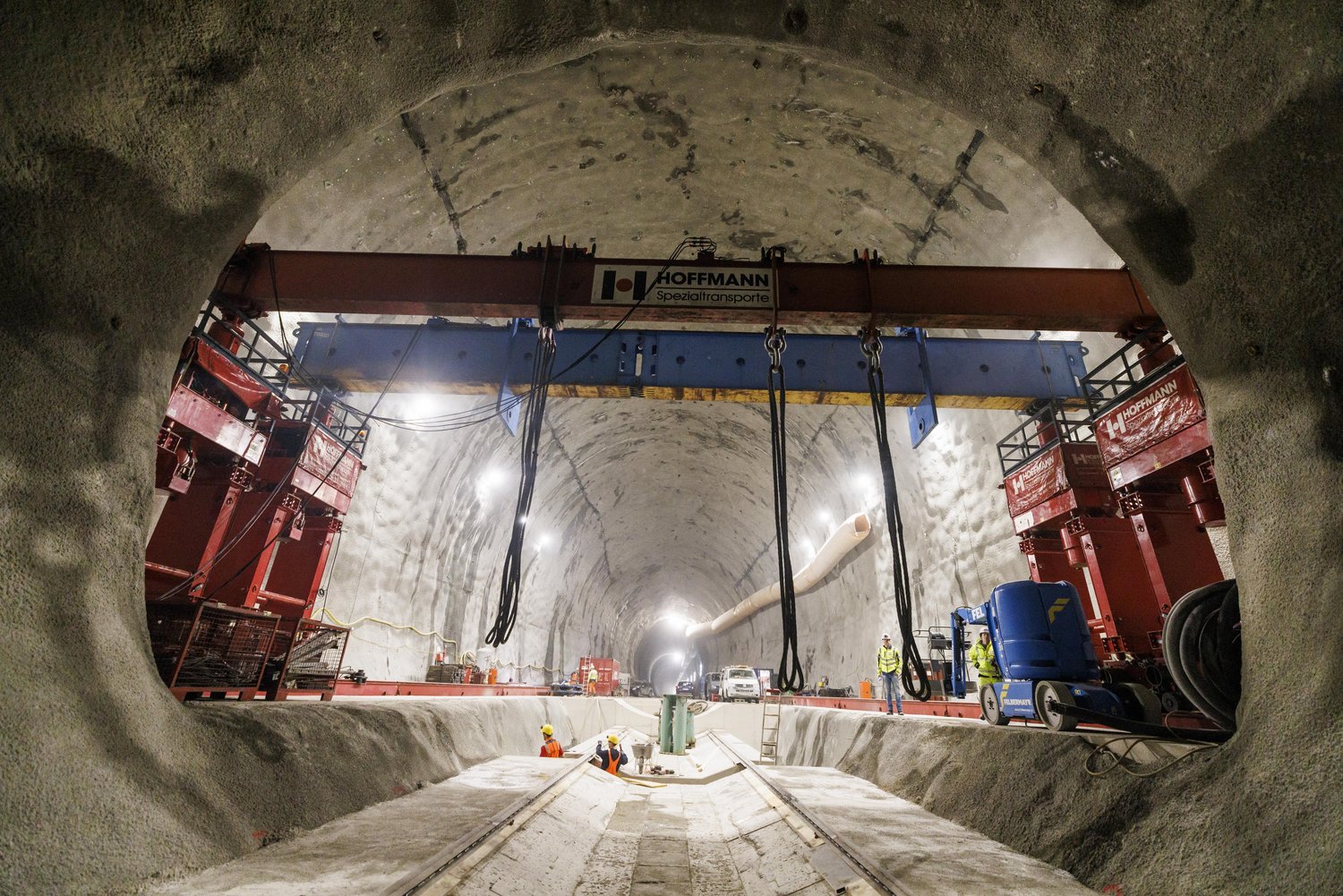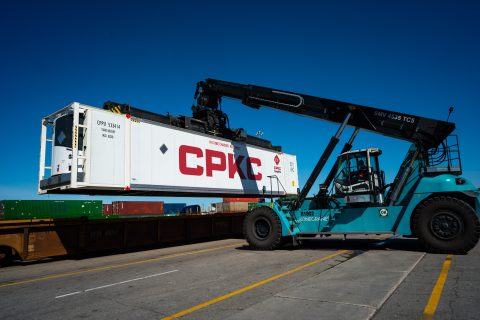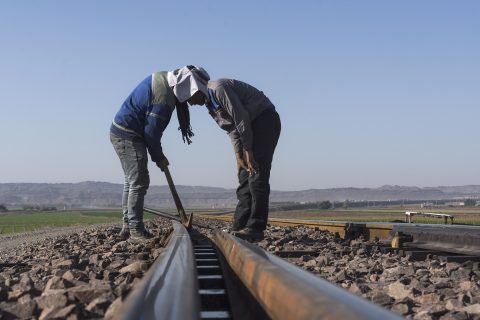9 years until the Brenner Base Tunnel: let’s look at where we are

With a length of 64 kilometres, including the bypass of Innsbruck, the Brenner Base Tunnel will be the longest underground railway connection in the world. With construction works hitting important milestones, this is a good time to look back at those developments and, more in general, at the construction progress of the tunnel.
The importance of the BBT will not be limited to Italy and Austria themselves. The tunnel is in fact the main element of the new Brenner railway connection from Munich to Verona, as well as the heart of the TEN-T Scandinavian-Mediterranean Corridor connecting Finland to Malta.
Construction works for the BBT started in 2007, with its opening scheduled for 2032. Significant developments took place recently within the various construction lots of the project. Particular focus is placed on the lot H71 Isarco River Underpass, in Italy, and the lots H41 Sill Gorge-Pfons and H21 Sill Gorge, in Austria.
Lot H71 Isarco Underpass: excavation works completed
This is the southernmost construction site of the project. This is also where the most recent developments occurred. Excavation works have in fact been completed at the end of January and the process of renaturation is currently ongoing. The tunnel will now have to be coated with linings and, only in a second moment, the rail tracks will be laid. The process of renaturation is aimed at re-creating the original natural conditions in the area where the construction site was located. The excavation process for this site was carried out with ground-freezing techniques. The ground underneath the riverbed was in fact frozen so that the Isarco river could continue to flow in its original riverbed.

Part of the renaturation process is to fill the four shafts dug on the sides of the river. “Due to the peculiar conditions of this valley, the excavation works in the Isarco River Underpass construction site were clearly visible, compared to the other lots”, said Alessandro Marottoli, Director of Proceedings for BBT SE for the Isarco River Underpass building site. “For this very reason, as we are now in the final phase of the excavation works, it is extremely important to bring the construction site surfaces back to their original state as much as possible”, he added.
Lot H41 Sill Gorge-Pfons: TBM Lilia parts are being delivered
Moving northwards, the lot H41 Sill Gorge-Pfons is located just a few kilometres south of Innsbruck. Here, the first parts of the Tunnel Boring Machine (TBM) called Lilia have been delivered during the past week. Once all components are delivered, they will be sent to the assembly chamber for the building phase. After that, the TBM will start moving southward to excavate around 8,1 kilometres of the eastern main tunnel.

Lilia is joining two other TBMs, Flavia and Virginia, already busy excavating in the lot H61 Mules 2-3, which goes from the Isarco Underpass to the Italian border with Austria. Within the lot H41 Sill Gorge-Pfons, both excavation methods – “traditional” and “mechanised” are being employed. Indeed, the main tunnels being excavated northwards up to the breakthrough point with the neighbouring H21 Sill Gorge lot are being dug using drilling and blasting. Tunnel boring machines, on the other hand, are being used to excavate the main tunnels southwards to the town of Navis, where the future H53 Pfons-Brenner lot will start.
Lot H21 Sill Gorge: two railway bridges are being built
This lot, situated a few kilometres south of Innsbruck, is characterised by peculiar logistical and construction challenges, as BBT SE pointed out. The two main east and west tunnels here have been dug, respectively 130 and 120 metres long. Currently, the cut-and-cover tunnels are being dug and two railway bridges over the Sill river are being built.

The two bridges will serve the two tunnels, east and west, and connect them to the northern portal of the Brenner Base Tunnel. This portal will likely be used mostly by passenger trains since freight trains will go through the Innsbruck bypass. One of the challenges highlighted by Martin Keinprecht, Project Manager at BBT SE is that “it is crucial to preserve a peculiar area such as the Sill Gorge, which is so popular with the residents of Innsbruck and beyond”. BBT SE is therefore making sure that the project can be embedded into the landscape while preserving the natural characteristics of the area.
The Brenner Base Tunnel
The BBT, connecting Fortezza to Innsbruck, will be 55 kilometres long. As BBT SE underlined, this tunnel will be linked to the Innsbruck bypass, opened in 1997, and will reach a total length of 64 kilometres. This unification will make this section the longest underground railway connection in the world. There will be two tubes, each 8,1 metres wide, running 40-70 metres apart from one another, both equipped with a single track. The slope in the main tunnel is between 0,4 and 0,7 per cent.

Side tunnels will be connected to the main one every 333 metres (three every kilometre), which will be used as escape routes in case of emergencies. Moreover, a third, smaller, exploratory tunnel was dug 12 metres below the two main ones to gather information on the rock mass. This process is expected to significantly cut costs and time. Once the tunnel is completed, running from Fortezza to Innsbruck will take 25 minutes instead of the current 80.
Also read:
- Trento bypass: another step closer to the Brenner Tunnel
- Brenner Base Tunnel construction proceeds with major breakthrough
You just read one of our premium articles free of charge
Want full access? Take advantage of our exclusive offer





